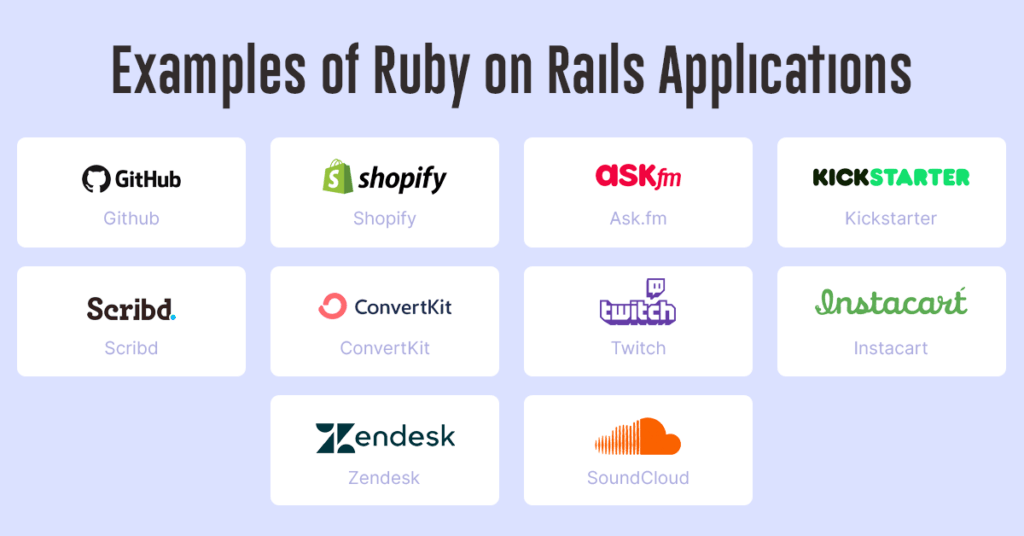Case Journeys
Exploring intriguing stories and insights from around the world.
Rails on Fire: Building Web Apps that Spark Joy
Ignite your web development skills with Rails on Fire! Discover tips, tricks, and inspiration to create joyful web apps that shine.
5 Tips for Building Joyful User Experiences with Rails
Building joyful user experiences with Rails requires a keen understanding of both user needs and technical capabilities. Tip 1: Focus on Intuitive Design - Ensure your application's interface is clean and simple. Users appreciate a navigation system that is easy to understand, so utilize consistent layouts and familiar icons to guide them through your application seamlessly. Tip 2: Prioritize Performance - Slow load times can lead to frustration. Optimize your Rails application by leveraging caching and performance monitoring tools to identify and resolve bottlenecks.
Tip 3: Engage Users with Meaningful Feedback - Incorporate responsive feedback mechanisms, such as loading spinners or success messages, to keep users informed about the state of their actions. Tip 4: Implement Accessibility Standards - Inclusive design not only broadens your audience but also enhances overall user satisfaction. Follow WCAG guidelines to ensure that your application can be accessed by everyone. Finally, Tip 5: Gather User Feedback Regularly - Utilize surveys and analytics to understand user behaviors and preferences. This data is invaluable for continuously refining and enhancing their experience.

How to Optimize Your Rails App for Performance and Delight
Optimizing your Rails app for performance is essential to ensure a seamless user experience. Performance optimization can significantly enhance load times and responsiveness, which in turn can lead to increased user engagement and satisfaction. Start by analyzing the application's performance through tools such as Rack Mini Profiler or New Relic. These tools can help identify bottlenecks in your code and reveal which actions are consuming the most resources. Once you have this insight, focus on improving inefficient database queries by utilizing ActiveRecord methods like select and includes to minimize the number of database hits during request processing.
In addition to optimizing queries, consider implementing caching strategies to further enhance your app's performance. By utilizing fragment caching, low-level caching, and Russian doll caching, you can reduce the time it takes to render views, allowing your Rails app to serve content faster. Remember also to monitor production logs and pay attention to slow queries—this information is invaluable for ongoing performance optimization. Finally, always keep your dependencies updated and maintain clean code practices to prevent technical debt, ensuring your app remains delightful to your users.
What Makes a Web App Truly Joyful? Key Features to Consider
Creating a web app that is truly joyful for users hinges on several key features that enhance both usability and enjoyment. First and foremost, intuitive design is essential. A web app should have a clean, uncluttered interface that allows users to navigate effortlessly. Additionally, responsive design ensures that the app functions seamlessly across various devices, whether it be a desktop, tablet, or smartphone. These elements combined foster an environment where users feel comfortable exploring and engaging with the app.
Another critical aspect to consider is personalization. Users appreciate when a web app caters to their individual preferences and needs. This can be achieved through features like customizable dashboards, tailored notifications, and user-friendly settings. Moreover, incorporating social elements, such as sharing capabilities and community interaction, can significantly enhance the overall user experience. These features not only make the app more enjoyable but also create a sense of belonging among users, leading to longer engagement and loyalty.